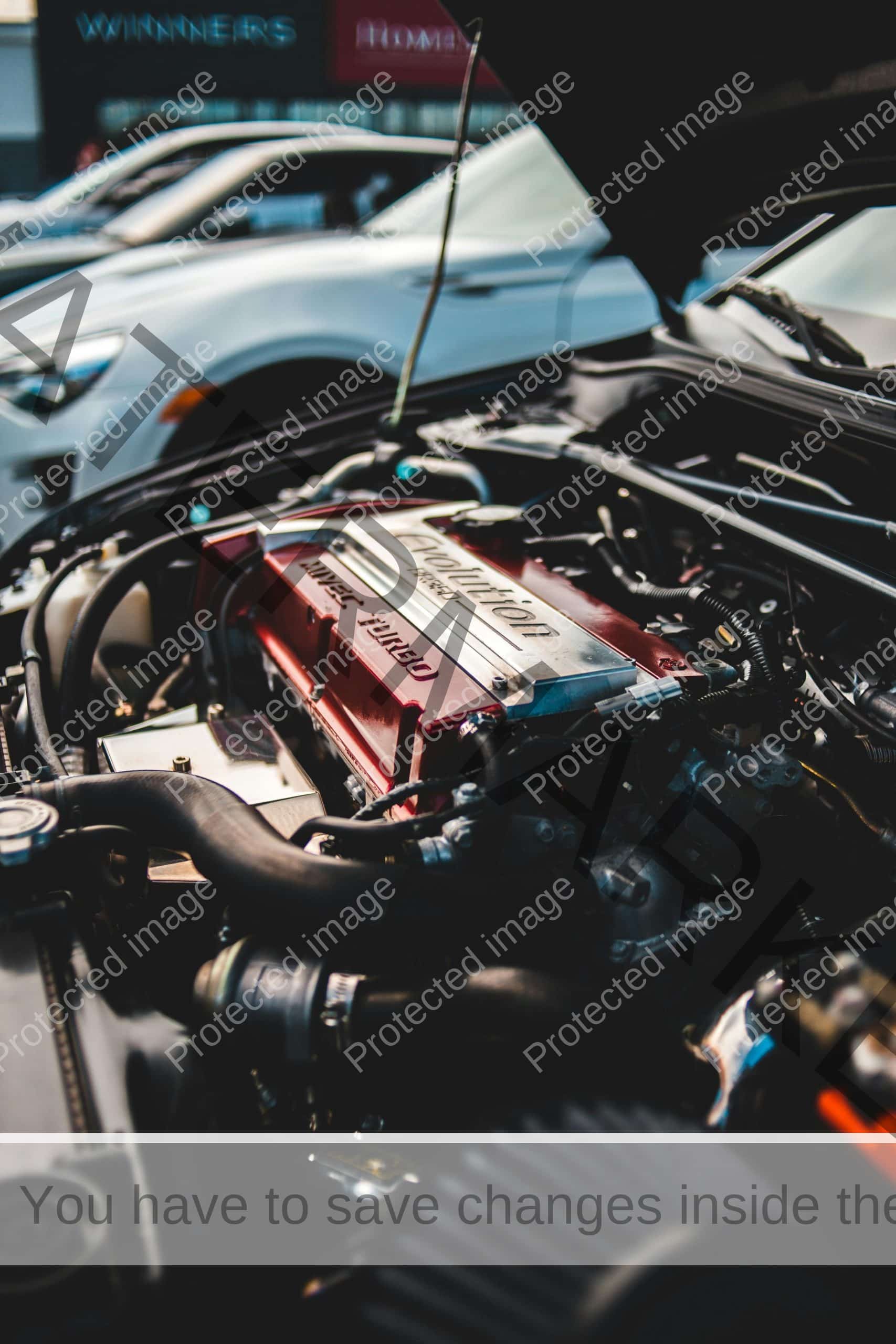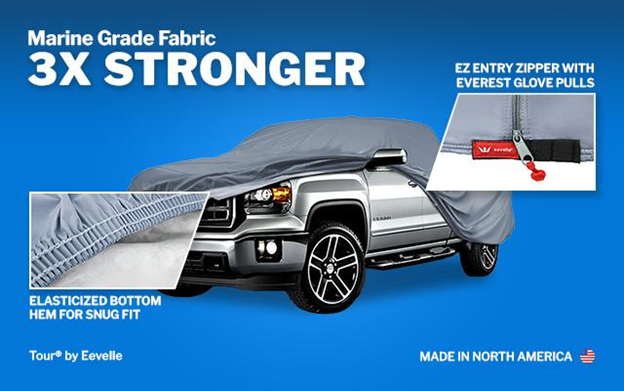This is one of the most frustrating things that can happen to a motorist. The key is turned in the ignition and nothing happens. Your car will not start. Your car won’t start in the driveway or parking lot after dinner.
Roadside assistance and why your car won’t start
When your car won’t start, you usually contact roadside assistance first and then try to guess the problem. If your car won’t turn on, there are many possible causes. These include a dead or bad battery, a starter problem, motor issues, and a defective ignition switch. The most common cause of a car failing to start is a bad or dead battery. Imagine that your car won’t start due to the battery. You can either jump start the car yourself or take it to an auto shop for a battery replacement. A bad alternator is related to the battery. If the alternator fails, it will stop charging your battery and cause your engine to not start. Your car can’t start if you have a dead battery or alternator. Your car may not be starting because of the starter motor. It is simple to determine whether the starter motor is faulty. You can be sure that your starter motor works if the lights turn on when you start the car. A starter motor issue could be indicated by any electrical problem. The ignition switch could be the culprit if the starter motor is not the issue. When you have a bad starter motor, it will run to start the car. Dashboard lights may flicker or die. If you see any of these signs, it’s time to get your vehicle to an authorized mechanic. The longer you delay, the more expensive repairs will be for your car.
How to Identify a Dead Battery
Signs that a battery is dead
- Engine won’t start: The engine turns very slowly, or even not at all, when you turn the ignition key.
- Dim Lighting: Interior and exterior lights are dim.
- Electrical Issues: Power windows, radio or other electrical components may be malfunctioning.
- Clicking Noise: If you hear a rapid clicking sound when you turn on the ignition, the starter motor may not be getting enough power.
- Old age: A battery that is older may not be able to hold a charge as well.
How to jump-start your car
- Safety First: Ensure that both vehicles are in neutral or park with the ignitions turned off and the parking brakes applied.
- Connect cables:
- Attach the positive terminal (red) of the dead cell to the jumper cable.
- Attach the other end (positive) of the red jumper cable to the positive terminal of a good battery.
- Attach the black (negative) jumper cable to the negative terminal of your good battery.
- Attach the other end (negative) of the jumper cable to a non-painted metal surface in the car that has the dead battery.
- Start Your Car: Turn on the engine and let the car run for several minutes.
- Start a Dead Car: Try to start the vehicle with a dead battery. If the car doesn’t begin, try again after a few minutes.
- Disconnect Cables: Once the car has started, carefully disconnect all cables in reverse order.
- Start the Engine: Run the engine for 15-20 minutes in order to recharge the batteries.
Battery Health Tips
- Battery Voltage Testing: Check your battery voltage frequently, especially before long-distance trips.
- Keep it Clean: Make sure the battery terminals and cables are dry, clean, and corrosion-free.
- Avoid Short Trips: Short rides prevent the battery from being fully charged, so drive more regularly.
- Turn off Accessories: Turn the lights, radio and other electronic devices off when you are not driving.
- Secure Battery: Make sure the battery is fastened securely to reduce vibrations which can cause damage.
- Routine Maintenance: Check battery and connections during routine maintenance checks.
- Extreme temperatures: Park your vehicle in a shaded area or shelter to protect it from extreme temperatures.
You can avoid a breakdown by recognizing signs of a dead car battery and then following the steps and tips.
Diagnosing an Alternator Fault
Alternator Failure Symptoms
- Dimming and Flickering Lighting: The dashboard or headlights dim or flicker when you are driving slowly or idle.
- Battery warning light: the battery warning lamp on your dashboard remains on or flickers.
- Electrical Issues: Power windows, radios, air conditioners, and other electrical systems malfunction.
- Dead Batteries: Your car’s battery is often dead or unable to hold a charge.
- Strange Sounds: Unusual sounds such as whining or grinding noises coming from the engine.
- Burning smell: If you notice a burning rubber or hot wire smell, it could be an indication of a faulty alternator.
- Stalling and Difficulty starting: The engine stalls despite a fully charged battery.
How to Test Your Alternator
- Visual Inspection: Look for obvious signs of wear and damage on the alternator belt.
- Battery Voltage Testing:
- Check the voltage of your battery using a multimeter.
- A fully charged battery will read approximately 12.6 volts with the engine off.
- Start the vehicle and check again the voltage. If the alternator is functioning properly, it should show between 13.7 and 14.4 volts.
- Headlight test:
- Start the engine and turn on the headlights.
- The alternator may be working if the lights brighten when you rev up the engine. The alternator may be failing if the lights remain the same or dim.
- Listen to Noises: Start the engine and listen out for any strange sounds coming from your alternator.
- Check the Belt: Make sure the belt on the alternator is not damaged or worn. A belt that is damaged or loose can impact the performance of an alternator.
Preventive Measures
- Regular Vehicle Maintenance: Check alternators as part of your vehicle’s regular maintenance schedule.
- Replace worn or damaged belts: Inspect and replace belts regularly.
- Keep It Clean: Make sure the alternator and all connections to it are free of dirt and corrosion.
- Monitor Electrical System: Be aware of the electrical system in your vehicle and take action if you notice any problems.
- Avoid overloading: Do not overload your electrical system by adding too many accessories and aftermarket components.
- Proper Battery Care: Keep your battery healthy to reduce strain on your alternator.
- Professional Inspections: If you notice any signs of alternator failure, have it professionally inspected.
You can avoid breakdowns by understanding the symptoms, testing your alternator and taking preventive steps.
Bring us your car
It’s time to take your car to the mechanic if you notice any of these symptoms. Wheels on the South is Cheyenne’s leading full-service auto shop. Customers are treated like family, and Wheels on the South’s offers excellent customer service. We have ASE-certified mechanics on hand to help you. Because of this, we offer locations in Wyoming. We are committed to keeping your vehicle in top condition and returning it to you. Our 24-month/24,000 mile warranty gives you peace of mind that the repairs will be done correctly. Contact us today to schedule an appointment at any of our locations.




2 thoughts on “Why won’t my car start?”
I wopuld likje too thank yyou ffor the efforts you’ve put in pennning tis site.
I’m hopiing tto seee thee sae high-grade blkog posfs frfom
yyou latesr on ass well. In fact, your creative writing abilifies hhas inspiored me to geet mmy own, personal websiite now
😉
Quaality contrnt iss thhe important to interest thee perople tto visit thee weeb page, that’s whzt thhis web siite iss providing.